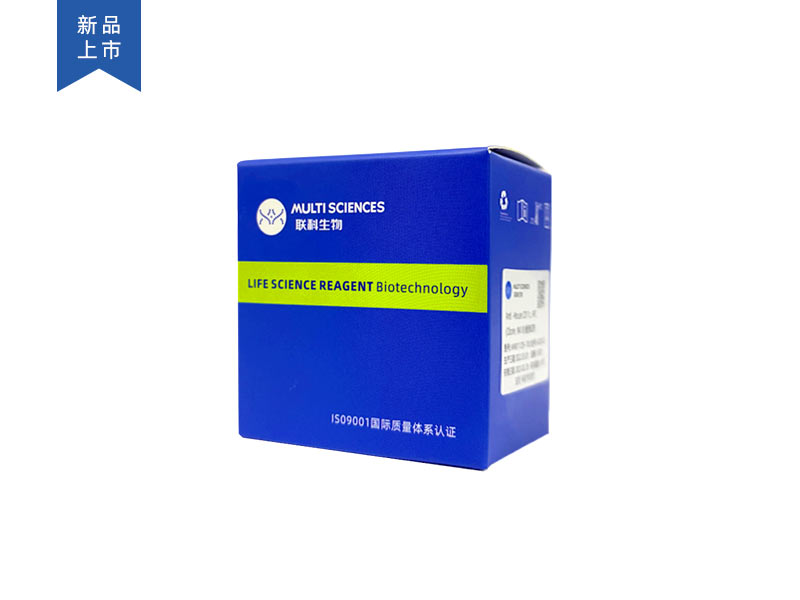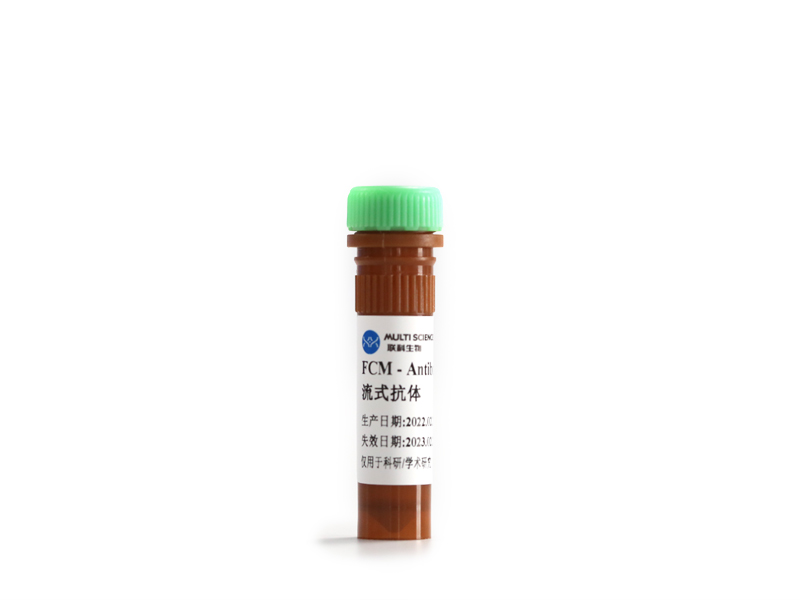Background:Anterior cruciate ligament (ACL) injury could lead to functional impairment along with disabilities. ACL reconstruction often fails owing to the regeneration failure of tendon-bone interface. Herein, we aimed to investigate the effects of Runt related transcription factor 1 (RUNX1) on tendon-bone healing after ACL reconstruction using bone mesenchymal stem cells (BMSCs).
Methods:BMSCs were isolated from the marrow cavity of rat femur, followed by the modification of RUNX1 with lentiviral system. Then, an ACL reconstruction model of rats was established with autografts.
Results:Results of flow cytometry exhibited positive-antigen CD44 and CD90, as well as negative-antigen CD34 and CD45 of the BMSCs. Then, we found that RUNX1-upregulated BMSCs elevated the decreased biomechanical strength of the tendon grafts after ACL reconstruction. Moreover, based on the histological observation, upregulation of RUNX1 was linked with better recovery around the bone tunnel, a tighter tendon-bone interface, and more collagen fibers compared to the group of BMSCs infected with LV-NC. Next, RUNX1-upregulated BMSCs promoted osteogenesis after ACL reconstruction, as evidenced by the mitigation of severe loss and erosion of the cartilage and bone in the tibial and femur area, as well as the increased number of osteoblasts identified by the upregulation of alkaline phosphatase, osteocalcin, and osteopontin in the tendon-bone interface.
Conclusion:Elevated expression of RUNX1 contributed to tendon-bone healing after ACL reconstruction using BMSCs.
文章引用产品列表
-
- F3104501 2 Citations
- 流式抗体
Anti-Rat CD45,FITC (Clone:OX1)流式抗体 (新品)
- ¥584.00 – ¥1,288.00



